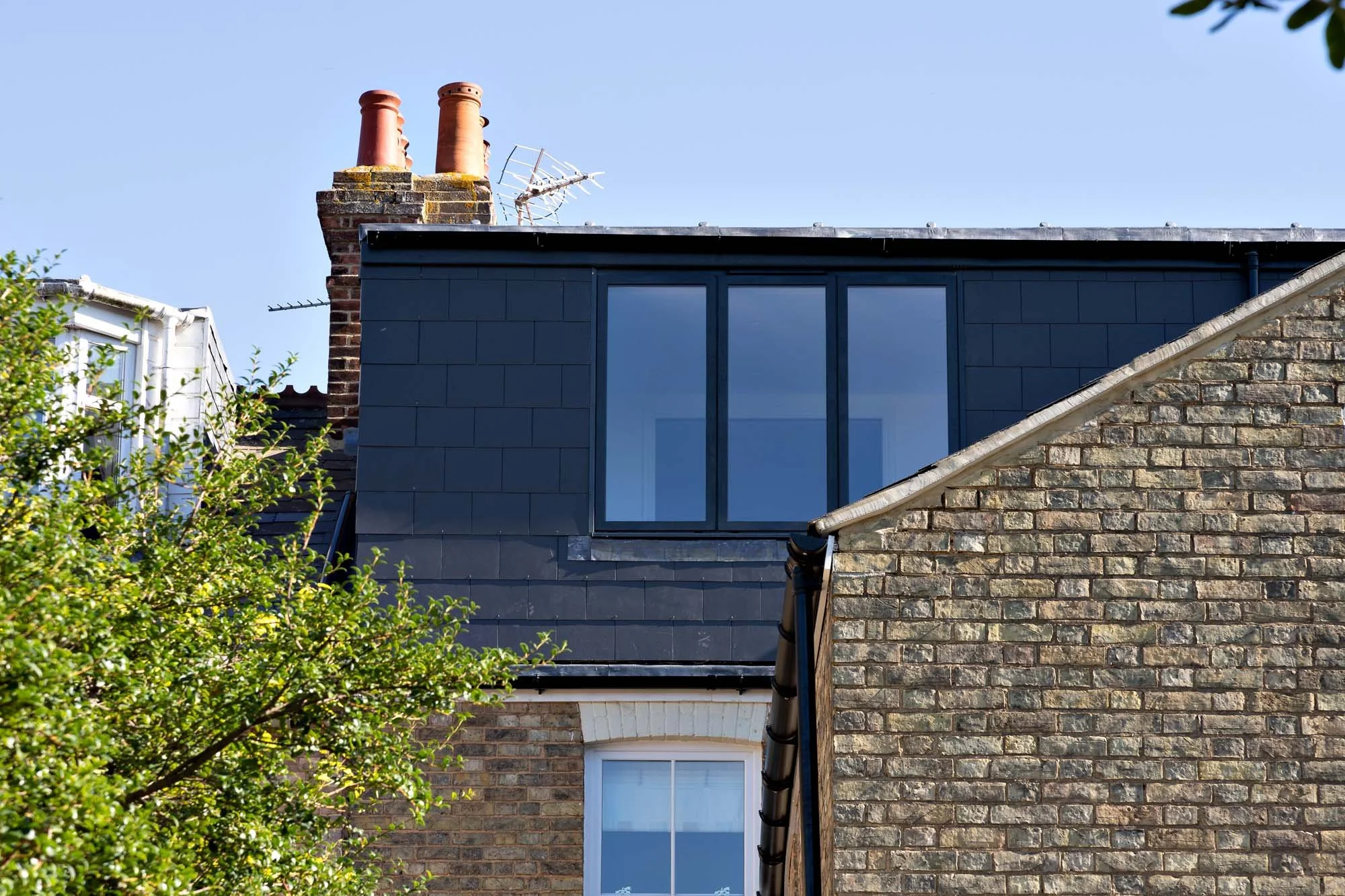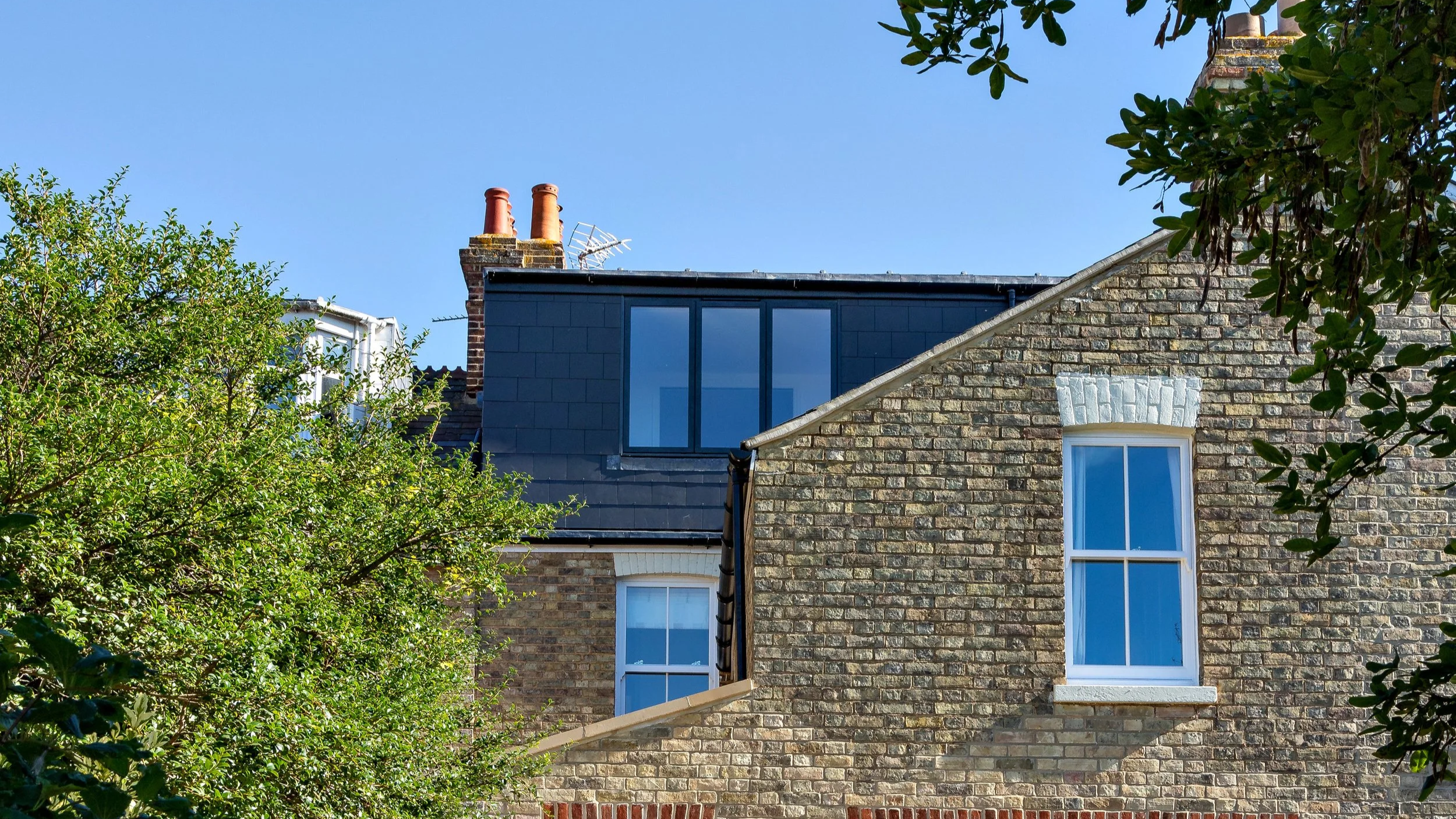
Understanding Permitted Development
What is Permitted Development?
Permitted development rights give homeowners the legal ability to extend or alter their property without needing full planning permission from the local council. These rights are granted by national legislation rather than local authorities, which means they apply broadly across England.
That said, there are restrictions laid out in the Permitted Development Technical Guidance, so not every project will qualify. When they do apply, they open up valuable opportunities for improving your home without the cost and delays of a full planning application. By using your permitted development rights in Oxford, you can often avoid months of waiting for approval and save on unnecessary fees, provided your plans stay within the rules.
Typically, permitted development covers:
Single-storey side or rear extensions
Loft conversions
Porches at the front of a house
Outbuildings such as garden rooms or sheds
Dormer windows
On the commercial side, permitted development can allow certain changes of use, such as converting an office into a shop (within the same use class, e.g. Class E).
However, there are limits. Larger or double-storey extensions, tall builds close to boundary lines, alterations or extensions to the front of the property, works to flats, properties which have previously been extended or properties in conservation areas usually fall outside permitted development rights and require full planning permission.
The Background of Permitted Development
The idea of regulating urban development isn’t new. In fact, permitted development was first introduced in the Town and Country Planning Act 1948. At that time, the government wanted clearer, more consistent rules and reduced the number of planning authorities from 1,400 to 145.
This Act became the foundation for modern planning laws, introducing both listed building protection and the principle of permitted development. Today, while the system has been updated over the years, the same basic framework still exists. The UK now has 333 local planning authorities (6 in Oxfordshire), each setting its own policies. Councils also have the power to remove permitted development rights in sensitive heritage areas, but outside of these restrictions, property owners can usually make use of their rights.
Permitted Development Projects
Single-Storey Extensions
You can usually build a single-storey extension without planning permission if certain conditions are met:
The materials used must be in keeping with the original property.
The extension must not cover more than 50% of the surrounding land (including existing additions).
It cannot extend beyond the front of the house if it faces a road.
Side extensions must be single-storey, up to half the width of the original house, and no more than 3m high.
Rear extensions can project up to 3m for attached houses or 4m for detached homes. In some cases, with prior approval, this can increase to 6m and 8m respectively.
Maximum height limits apply: 4m for pitched roofs or 3m for flat roofs.
Materials must match existing
Loft Conversions
Loft conversions may qualify as permitted development if they follow these rules:
Additional roof space must not exceed 40m³ (terraced/semi) or 50m³ (detached).
Materials must match the existing roof.
Extensions cannot go beyond the roof slope facing the road.
Roof height must not be increased.
Balconies or raised platforms are not allowed (But Juliet balconies are)
Side windows must be obscured and set above 1.7m.
Roof extensions should be set back at least 20cm from the eaves.
Porches and Outbuildings
Porches: Must not exceed 3m² in floor area, 3m in height, or be within 2m of a boundary facing a road.
Outbuildings: Must be single-storey, up to 2.5m high near a boundary (4m with a pitched roof further away), and cannot cover more than 50% of the garden. Use must be “incidental” (e.g., office, gym, or storage), not as a separate dwelling.
Larger Home Extensions Scheme (Prior Approval)
In 2019, the government introduced the Larger Home Extensions Scheme, which was made permanent in 2020. This allows homeowners in England to build rear extensions beyond standard permitted development limits, provided they go through a neighbour consultation process.
How Far Can You Extend Under the Larger Home Extensions Scheme?
Semi-detached or terraced houses – rear extension up to 6m deep
Detached houses – rear extension up to 8m deep
This creates fantastic opportunities for families wanting extra living space or to add Kitchen extensions without the lengthy process of submitting for full planning permission.
Do You Need Planning Permission for a Larger Home Extension?
Unlike standard house extensions, this scheme does not require full planning permission. Instead, you must submit a Prior Approval application to your local council.
The council notifies all neighbours.
Neighbours have the chance to comment or object.
If no objections are received, your extension is automatically approved.
If objections are made, a planning officer assesses the impact before making a final decision.
Architectural Design Services for Larger Home Extensions Oxfordshire
At KD Design, we specialise in preparing architectural designs that comply with permitted development and the Larger Home Extensions Scheme. Our services include:
Creating detailed drawings for your home extension.
Ensuring the design complies with planning and building regulations.
Managing and submitting your Prior Approval application.
Supporting you throughout the consultation process.
Whether you’re planning a 6m rear extension to a semi-detached home in Summertown, a terrace house in Jericho or an 8m extension to a detached property in Woodstock, our expertise ensures your project moves smoothly from design to approval.
5m extension approved under prior approval application
4.5m extension approved under prior approval application
Technical Guidance and Local Rules
The government publishes detailed Permitted Development Technical Guidance, covering:
Extensions and conservatories (size, materials, and height limits)
Roof alterations (e.g., dormers windows, hip to gable conversions, rooflights)
Porches
Change of use (e.g., garage to living space)
Outbuildings (sheds, Garages, garden rooms, etc.)
In Oxford and the Cotswolds, Article 4 directions, areas of outstanding natural beauty and conservation area rules can restrict some permitted development rights, so it’s always wise to seek professional advice before starting works. We’d be happy to offer some free initial advice to see if your project can be constructed under PD rights.
Peace of Mind with KD Design
When planning a home extension, it is not always clear if a project complies with permitted development rules. To give homeowners certainty, KD Design can prepare and submit a Certificate of Lawfulness application to the local authority, such as West Oxfordshire District Council or South & Vale District Council.
A Certificate of Lawfulness is an official legal document that confirms your proposed extension, loft conversion, or alteration is lawful under permitted development rights and does not require full planning permission.
Why Apply for a Certificate of Lawfulness?
Applying for a certificate provides:
Formal confirmation that your project meets planning rules
Peace of mind before construction begins
Protection against future disputes with the council
Clear proof of compliance, which can increase the value of your home when selling
How KD Design Supports Homeowners in Oxford, Witney and West Oxfordshire
We manage the entire application process on your behalf
We communicate with the council and track the progress of your application
We continue with the detailed architectural design stage while the application is under review, so your project continues to make progress
We advise on whether a Certificate of Lawfulness is the right approach for your property and extension plans
The planning fee for a Certificate of Lawfulness is usually half the cost of a householder planning application, and decisions typically take around 8 weeks. The advantage of a permitted development scheme is that this application period does not need to delay works, Instead KD Design can to proceed to the detailed design phase whilst the application is being reviewed by the council.
Expert Advice on Permitted Development Extensions
Permitted development rights offer homeowners a faster, simpler way to expand or alter their homes without the need for full planning permission, helping avoid long waits and costly planning fees. However, the rules vary depending on property type, location, and local planning policies. Seeking expert architectural advice is the safest way to ensure your project runs smoothly.
At KD Design, we provide professional architectural design services for permitted development and larger home extensions in West Oxfordshire and the Cotswolds. From initial advice through to planning drawings, applications, and final approvals, we give clients confidence that their projects are legally compliant and designed to the highest standard.
If you would like to discuss your home extension project under permitted development or the Certificate of Lawfulness process, please get in touch. with KD Design today.
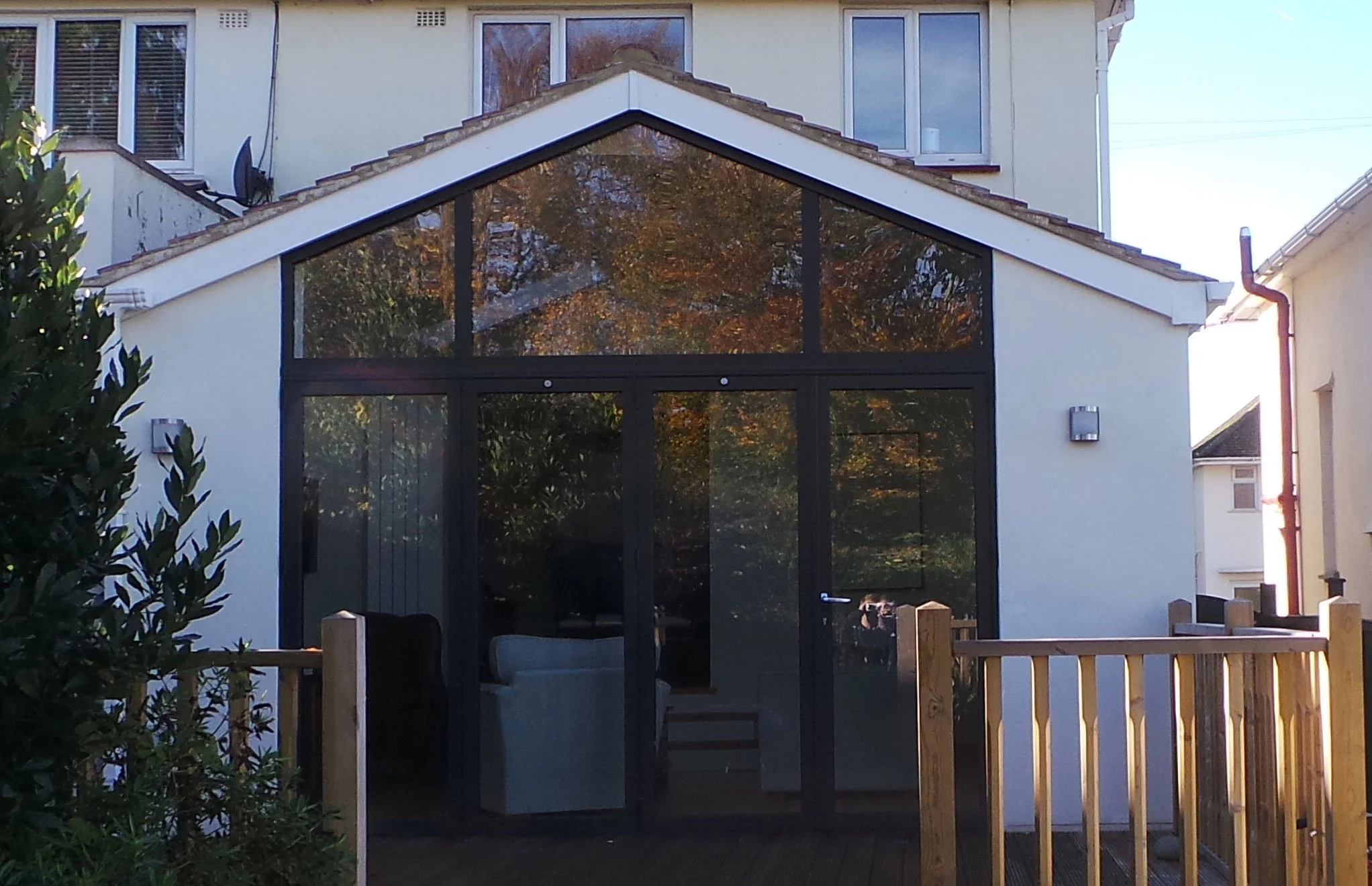
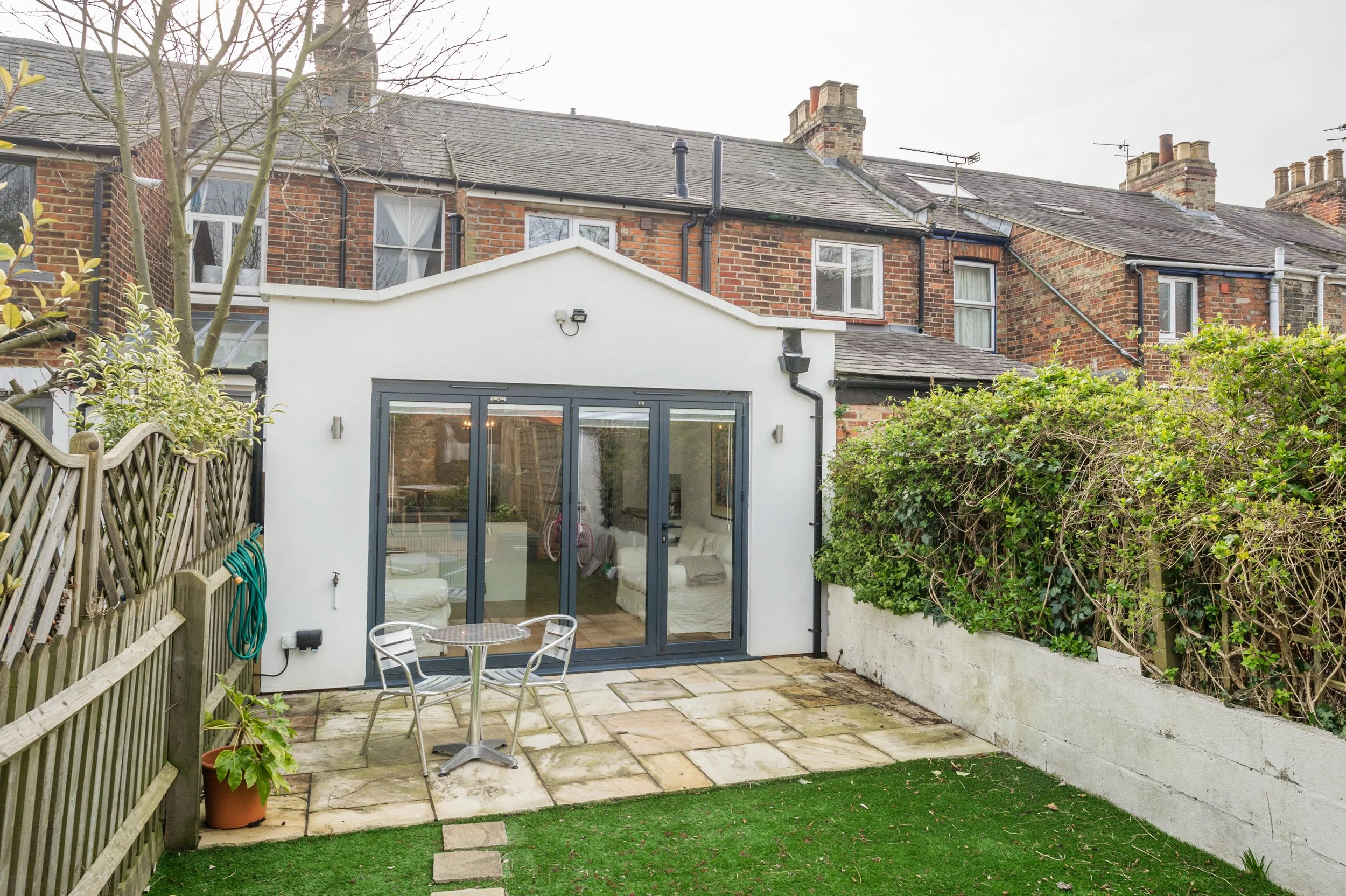
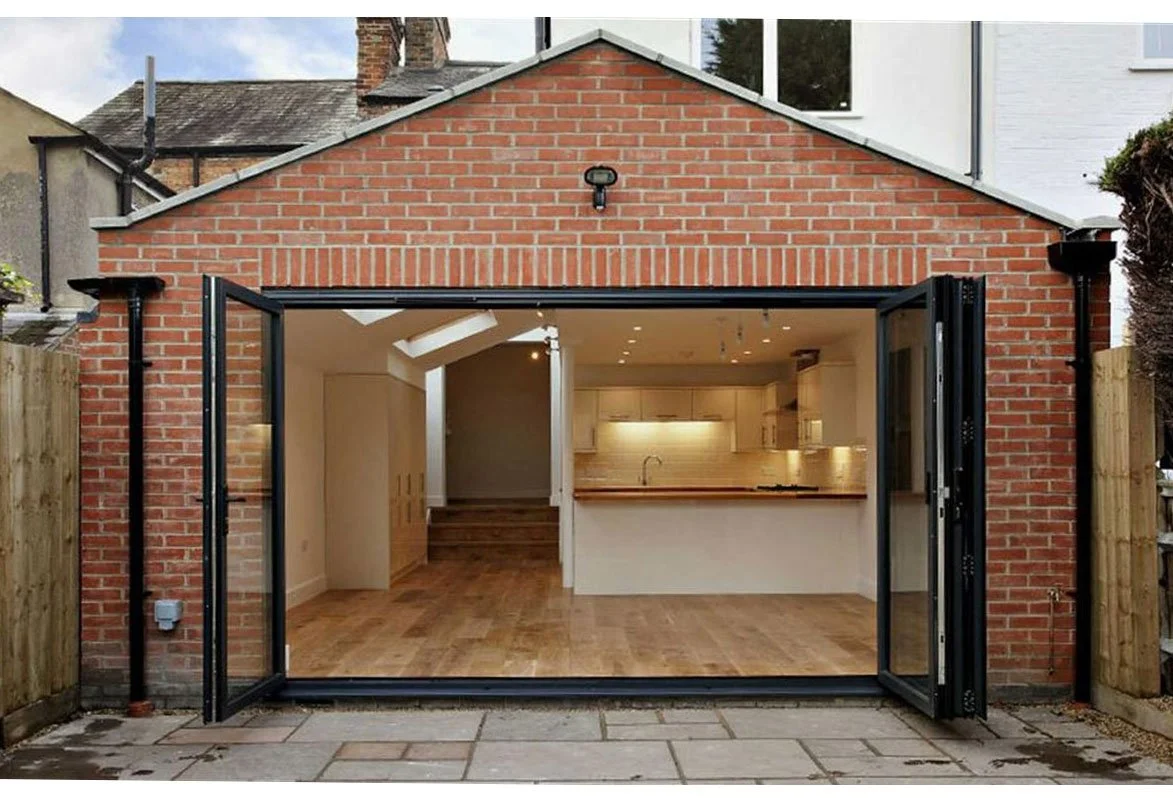


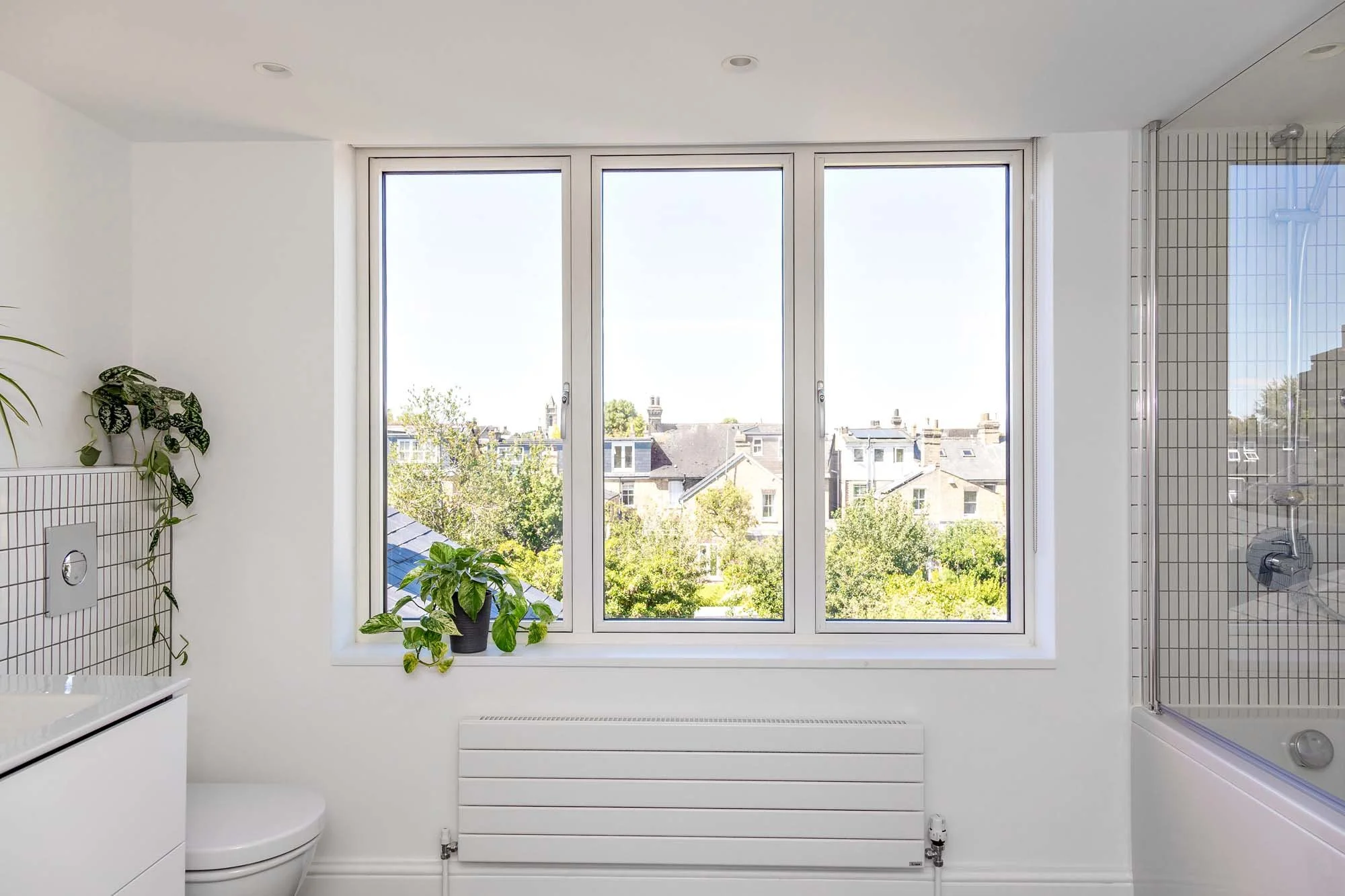




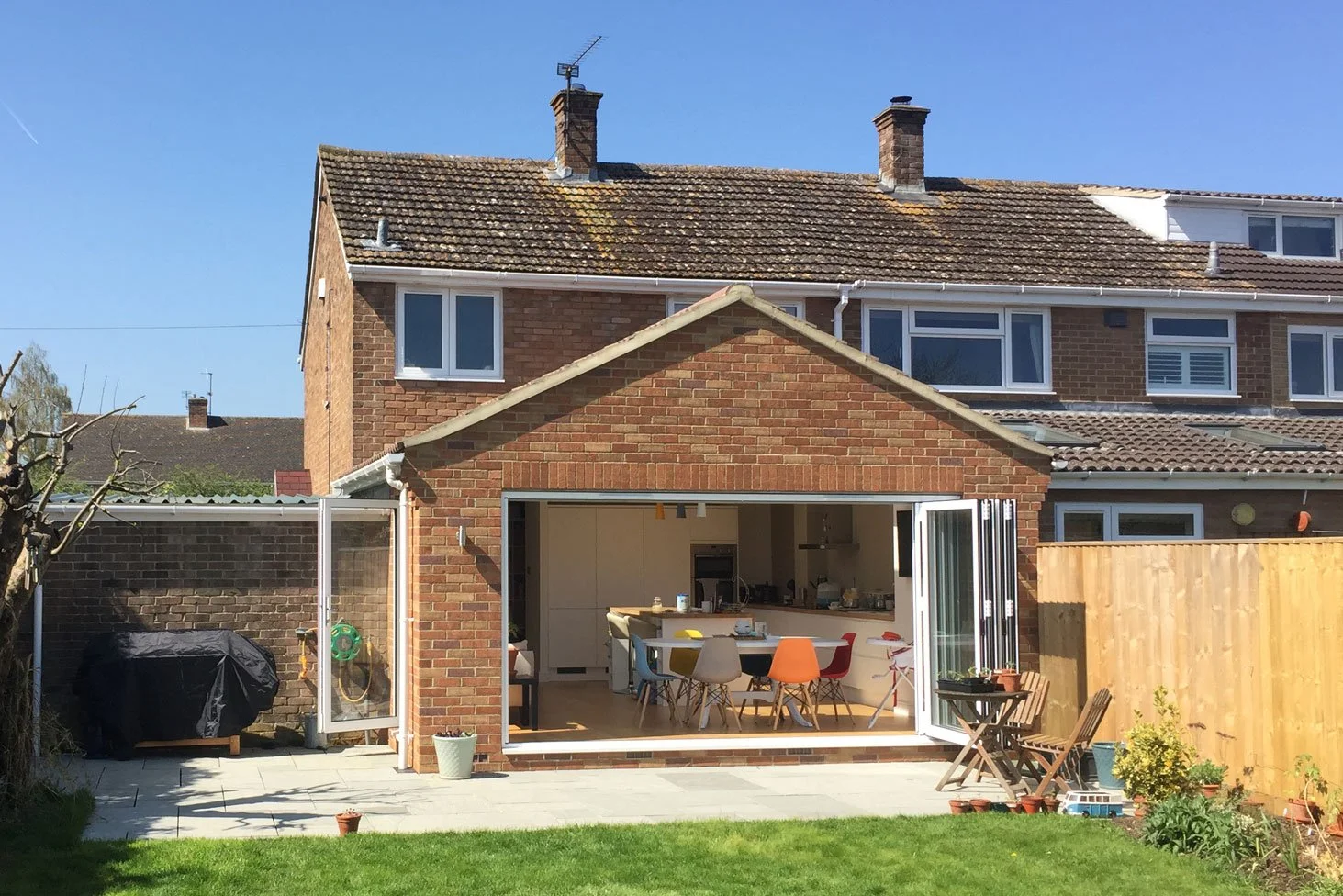

Let’s Work Together!
Do you have some big ideas and need some help bringing them to life? Then please reach out. We’d love to hear from you and learn about your project, and to get the ball rolling we’d be happy to offer some initial informal advice free of charge.
Please Contact us and we’ll be in touch to discuss further at a time that suits you.

